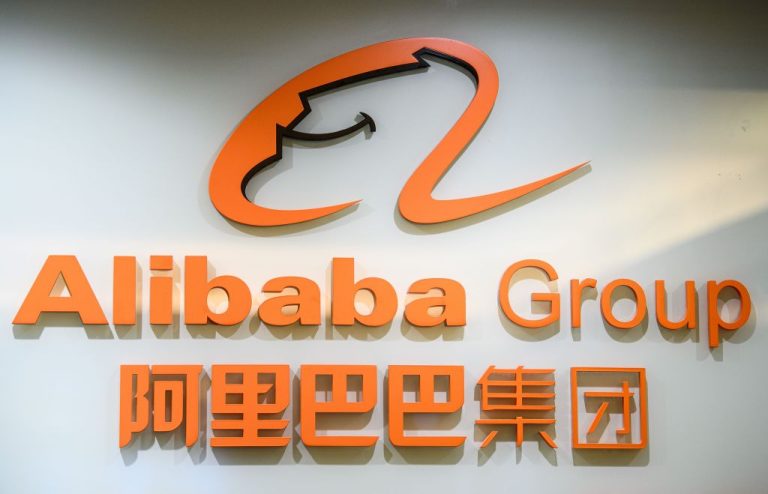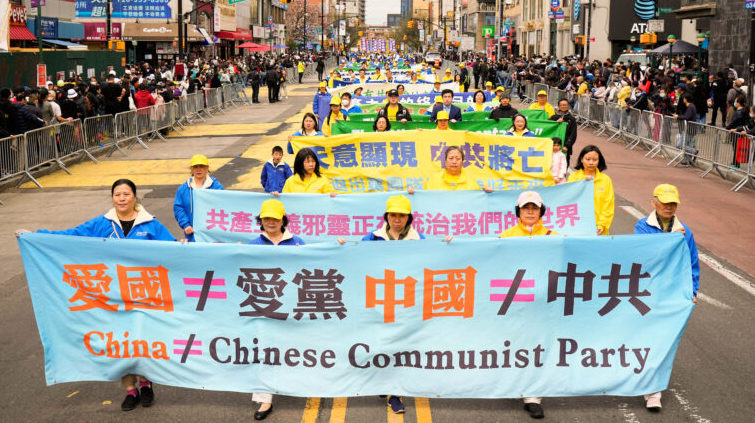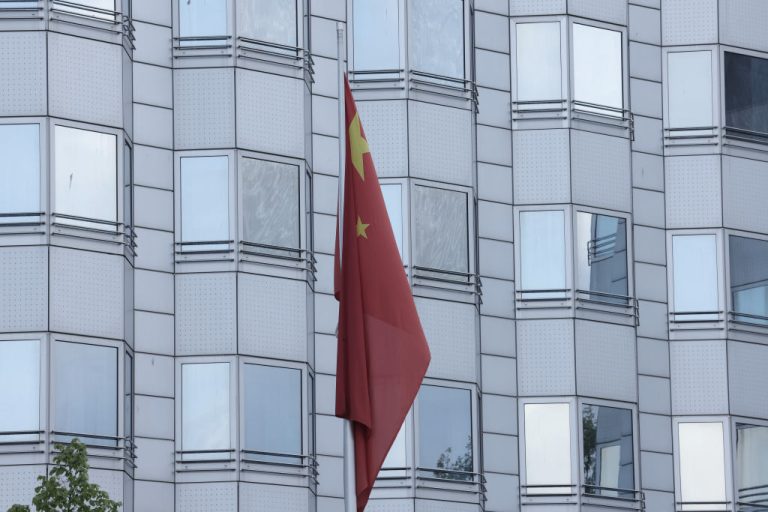Chinese e-commerce vendors are struggling to survive with slowing sales growth and rising price pressures, as well as intensified competition among shopping platforms.
A once-thriving e-commerce industry punctuated by shopping “bonanzas” is feeling the weight of a faltering economy.
To resist the difficult economic situation, consumers have been tying the knots in their purse strings.
“The good times for e-commerce are over,” said Shanghai-based e-commerce operator Lu Zhenwang. “This year there is fierce competition and I don’t think a lot of sellers will survive another three years.”
Extreme discounting, influencer-led sales campaigns and over-generous return policies were the factors that struck the sector in recent years.
Success
You are now signed up for our newsletter
Success
Check your email to complete sign up
Big Chinese online retailers like Alibaba and JD and thousands of smaller businesses are seeing their profit margins narrow.
The e-commerce boom that started around 2013 was marked by rapid growth, technological innovation, and changes in consumer behavior.
That boom has seen e-commerce accounting for 27 percent of China’s retail, with 12 trillion yuan ($1.65 trillion) of goods sold annually.
But as the economy slows, so does e-commerce, with data from Euromonitor showing growth expected to return annually to single digits only.
According to recent statistics, China accounted for less than 1 percent of the global e-commerce market a decade ago, but today it has become the world’s largest, increasing its global market share to more than 40 percent.
Buyer protection
As the impact of slowdown begins to be felt, vendors are raising their voices against the side effects of sales tricks.
During the recent “618” online shopping event, the owner of womenswear brand Inman called on authorities to rein in platforms’ “purchase return protection” policies, which force sellers to bear the cost of returns.
Such policies started on PDD’s low-price platform Pinduoduo in 2021 and proved so popular that others followed suit, but at huge cost to sellers.
“The return rate on e-commerce platforms is 60 percent,” Inman founder Fang Jianhua wrote on social media. Before such policies were implemented, it was about 30 percent, he said.
Fang said major platforms should not use “consumer first” policies that add to the burden of other businesses, many of which have to sell below cost to maintain high positions in search results amid multiple discount events.
E-commerce operator Lu said return protection policies had caused return rates to soar in selling categories.
Though return rates for items like clothing have always been relatively high, they have jumped since the requirement for buyers to pay for postage when returning goods was scrapped, sellers said.
“Every three pieces of clothes that you sell, at least two pieces will be returned, and you pay for the two-way courier cost,” Lu said.
Selling with loss
Davy Huang, a business development director at e-commerce consultancy Azoya, said consumers had increased the rate at which they return the items they buy, making life tougher for small retailers.
“But I think return rates are just a fraction of the challenges these businesses are facing.”
“They also face high traffic acquisition costs and high costs to collaborate with influencers and livestreamers,” he added.
Retailers are also damaged by the factories selling directly to consumers at low prices.
For example, some vendors on Pinduoduo have been running at a loss for two years, said He-Ling Shi, an economics professor at Monash University in Melbourne.
“They don’t have much hope that prices will eventually be enough to cover their costs, but they have to do it [keep selling via Pinduoduo] otherwise they basically have to close their factories,” Shi pointed.
“There is no growth in sales, because there are no new customers and the average income of people is not rising like 10 years ago,” Lu said. “There is only competition, between platforms, between sellers. This is the new normal for the e-commerce industry in China.”
Reuters contributed to this report.







